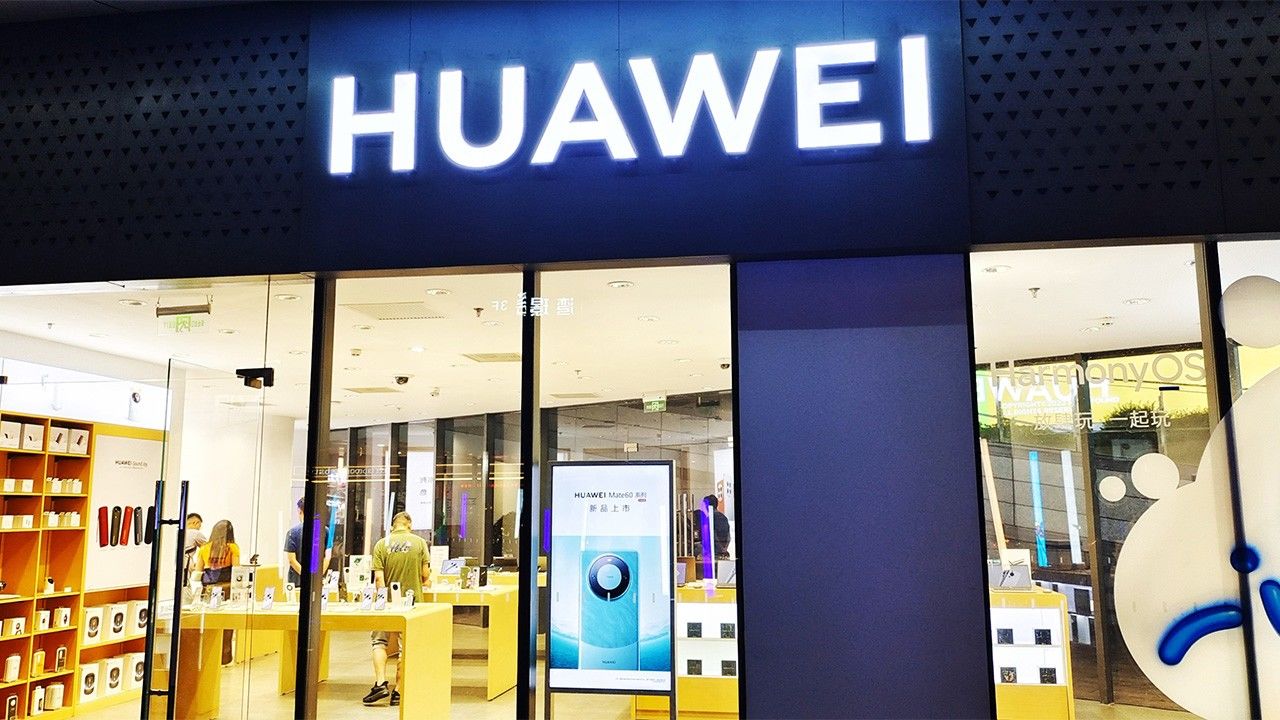
Sino-American Friction and the Threat to the Global Semiconductor Industry
World Economy Politics Technology- English
- 日本語
- 简体字
- 繁體字
- Français
- Español
- العربية
- Русский
Semiconductor Controls Miss Their Mark
The United States is trying to suppress with unusual severity China’s access to and use of advanced semiconductors. Washington is doing so out of its concern that such semiconductors and AI technology incorporating them will directly threaten US military security.
Feeling threatened by China’s semiconductor technology evolving faster than anticipated, the United States is vigorously analyzing why China is able to manufacture advanced chips and what their production volume and cost might be. (One example is the analysis provided by the Center for Strategic and International Studies discussed below.)
These advanced chips are thought to be manufactured by Semiconductor Manufacturing International Corp., a Chinese chipmaker, using lithography equipment one generation behind the most advanced equipment, making them therefore not subject to controls. By modifying the production process, SMIC appears able to manufacture 7-nm chips, a relatively recent process, despite the added cost of lower production yields.
Besides lithography, the manufacture of semiconductor chips requires equipment for such production steps as thin film deposition, etching, and ion implantation. It appears that the equipment sold by manufacturers of the West to China that are not subject to controls can be used to produce 7-nm chips.
Moreover, it is reported that China is without question using a design tool sold by a US company to design 7-nm chips. With the tightening of US controls, China’s license to use this tool should have lapsed, but it appears that China is continuing to use it.
A report published by the Center for Strategic and International Studies, a US think tank, states that, while the controls imposed on October 7, 2022, were initially a serious blow for Chinese chipmakers, they were able to regain their momentum through such factors as huge government subsidies, the procurement of US products and technology in advance of the controls, the procurement of Japanese and Dutch manufacturing equipment and parts, and the technological advances of local Chinese companies.
The report also examined why the controls the United States imposed were unable to prevent China from increasing its technological level as they intended.
First, previous controls implemented with a grace period allowed Chinese companies to boost their imports massively before the controls took effect. In addition, it took some time before Japan and the Netherlands implemented similar controls.
Second, the ability to import products and technology subject to controls through dummy companies was not completely closed. Loopholes also remain with the 2022 controls, such as the ability to use equipment not subject to controls to manufacture products subject to controls (Western companies may be exporting to China while aware of such loopholes).
The report notes that intelligence capabilities to identify the procurement of products and technology through these two methods is inadequate and calls for the strengthening of appropriate measures.

The Huawei Mate 60 Pro, launched in August 2023 as the world’s first smartphone with a satellite phone feature. Users are able to make satellite phone calls when terrestrial mobile signals are unavailable. (© CFOTO/Sipa USA via Reuters Connect)
The Many Problems of US Policies
While the CSIS report conveys a sense of urgency about the fact that China’s technological progress has not been stopped, it also highlights the fundamental problems contained in US policies.
The first problem is the paradox that US controls are the greatest driver accelerating China’s technological progress.
China’s goal is not to steal or imitate US technology but to establish its own technology that is not dependent on the United States. China is already working to foster its semiconductor industry through “Made in China 2025” (a manufacturing development plan for the next decade that Beijing announced in May 2015). China has accelerated this policy since the strengthening of US controls. Experts who use patents and scientific papers to analyze the degree of China’s technological progress warn that such progress has picked up speed since the United States imposed export controls.
The second problem causing dissatisfaction in the report is the delay in imposing related controls (the addition of such allied nations as Japan, the Netherlands, and South Korea) and such examples of laxity as the use of grace periods.
The Chinese market has been an important source of earnings for the semiconductor-related industries of the West. It is therefore not possible to impose measures overnight forcing companies to abandon this market just because there are security concerns. The West is not made up of authoritarian nations, and a process of persuasion and adjustment is necessary. Grace periods are needed as a condition to have companies give up a source of earnings. It should not be surprising that even more time will be needed to have third countries align with US controls.
This process takes too much time, complain some, to which one is tempted to reply that while Japan has raised its concerns about China’s growing military threat on multiple occasions, there were few concerns voiced about the time taken when the United States remained unconcerned until 2014 or 2015.
The third problem is the fact that these types of controls are unlikely to be fully effective.
The United States adopted a “small yard, high fence” strategy for the controls imposed in October 2022. According to this strategy, the scope of technology and products directly related to national security will be set narrowly in consideration of economic benefits (small yard), and China will be prevented as much as possible from procuring such technology and products (high fence).
However, that fact that equipment not subject to controls can be used to manufacture products subject to controls indicates that the small yard, high fence strategy is easier said than done. Expanding the small yard in response to China progressing faster than anticipated will place the related industries of the West in a precarious position.
Hence, given that China’s technological progress cannot be stopped, there is no alternative but to accelerate the technological progress of the West and to work to prevent the technological gap with China from narrowing.
Maintaining the Trajectory of Moore’s Law
The policies of the West are not only falling short of slowing China down but are problematical in relation to speeding up the West.
Moore’s Law is a famous law that epitomizes the progress of semiconductor technology. This law is a rule of thumb articulated by Gordon Moore, cofounder of Intel, in 1965, which states that the density of semiconductor circuits doubles every one and a half to two years.
This density has increased to the point that the most advanced semiconductor chips consist of several hundred billion transistors. A major driver of the increasing density of semiconductors is the ample earnings of firms like Taiwan Semiconductor Manufacturing Company that dominate the supply of advanced chips.
Since economic security became a concern, the United States, Japan, and the EU have announced industrial policies for the domestic manufacture and supply of semiconductor chips. One can wonder whether this will not result in too many semiconductor fabrication plants producing an excess supply of chips.
China has responded to the United States’ exclusion of Chinese products for national security reasons by beginning to restrict the use of Apple’s iPhone within China. Should sales of Huawei’s high-end smartphones accelerate going forward and should sales of iPhones no longer increase in China, sales of TSMC’s advanced chips will slow by a corresponding amount.
Should the earnings of the semiconductor industry falter, the increase of the density of chips in accordance with Moore’s Law and the speed of technological progress will slow, and the technological gap with China will narrow.
Another concern is the likelihood that China is aiming to conquer the global market with legacy chips manufactured with prior-generation technology to counter the advanced chip blockade of the allied nations of the West.
A large number of legacy chips are used in household electronics and automobiles. High-end smartphones use only one or two advanced chips fabricated on the latest processes; the remaining dozen or so consist of legacy chips.
Legacy chips are therefore the high-volume zone of the sales of semiconductor companies. If this market is conquered by low-priced Chinese chips supported by huge subsidies, it will become difficult to maintain the trajectory of Moore’s Law. It will also threaten the existence of all but a few of the semiconductor companies of the West.
The entanglement of the United States and China over semiconductors risks impeding in a fundamental way the development of technologies and industries related to semiconductors. One can only hope that 10 years forward we will not need to painfully reconfirm the postulate that industrial policies where the government intervenes directly in the economy through subsidies and controls do not yield positive results.
(Originally published in Japanese. Banner photo: Sales of the explosively popular Mate 60 Pro, Huawei’s new smartphone, begin at Huawei stores in such cities as Shanghai, Beijing, and Shenzhen. © CFOTO/Sipa USA via Reuters Connect.)